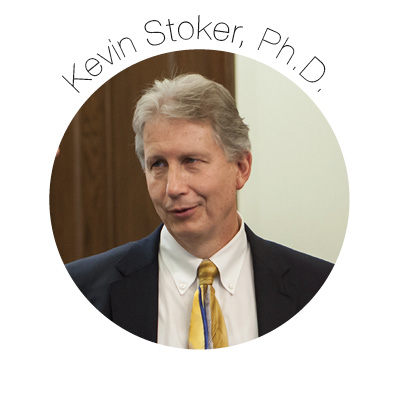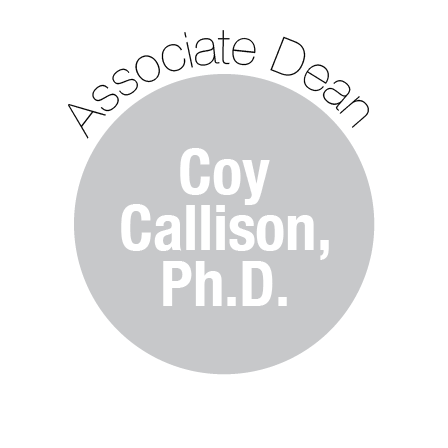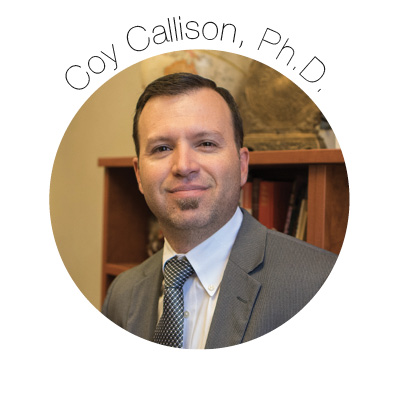For the past few months, the College of Media & Communication has gone through a time-consuming and yet enlightening process of retrospection. Over the last five years, the college dramatically improved and expanded its faculty, staff, research facilities, course offerings, and experiential learning opportunities. The following is a snapshot of the major initiatives, adjustments and improvements:
- The Department of Communication Studies officially became a part of the college Jan. 1, 2015.
- A professional master’s program created in Fall 2011 was modified in 2013 to allow graduating seniors to enroll in graduate courses during their last semester of a bachelor’s degree. The master’s program enrollment grew 348 percent, from 21 in Fall 2009 to 94 in Fall 2014.
- The Center for Communication Research moved to a new home, tripling dedicated research space. The CCR encompasses more than 6,000 square feet of lab space and houses state-of-the-art media research facilities.
- Starting in 2012, startup seed grants of $5,000 were offered to new faculty in their first two years, with the expectation of applying for extramural funding. Subsequently, grant applications have increased 3,423 percent, from $45,000 in FY2013 to $1,585,504 in FY2014.

- Faculty expansion and recruitment. The college has grown from 30 full-time faculty in Fall 2009 to 33 in 2013, 38 in 2014, and 48 in 2015.
- Experiential learning. Student and faculty collaborations led to the creation of The Hub@TTU, an online news site, The Outpost Social Media Lab, the “Double T Insider” sports report, and RaiderComm PR firm. The Ad Team qualified and placed in nationals two of the last five years. KTXT radio also returned to the college.
- A new degree program in Media Strategies was created for students seeking a generalist or entrepreneurial media degree.
- The former Institute for Hispanic and International Communication received a $600,000 endowment from the estate of former Avalanche-Journal newspaper editor Jay Harris, and has been named the Thomas Jay Harris Institute for Hispanic and International Communication in his honor.
- The college was renamed The College of Media & Communication, and the departments of Journalism and Electronic Media and Communications were consolidated into one department. The Department of Journalism and Electronic Media, or JEM, as it’s now known, identified its unified mission as developing “innovative, responsible storytellers.”




 Ultimately, not only do I see the CoMC graduate program being able to grow in overall student numbers as a result of the two new programs, I also see the college taking another positive step to becoming a one-stop shop where students throughout the state, the nation and the world can come to receive advanced training in the ever-expanding breadth of fields that make up media and communication.
Ultimately, not only do I see the CoMC graduate program being able to grow in overall student numbers as a result of the two new programs, I also see the college taking another positive step to becoming a one-stop shop where students throughout the state, the nation and the world can come to receive advanced training in the ever-expanding breadth of fields that make up media and communication.